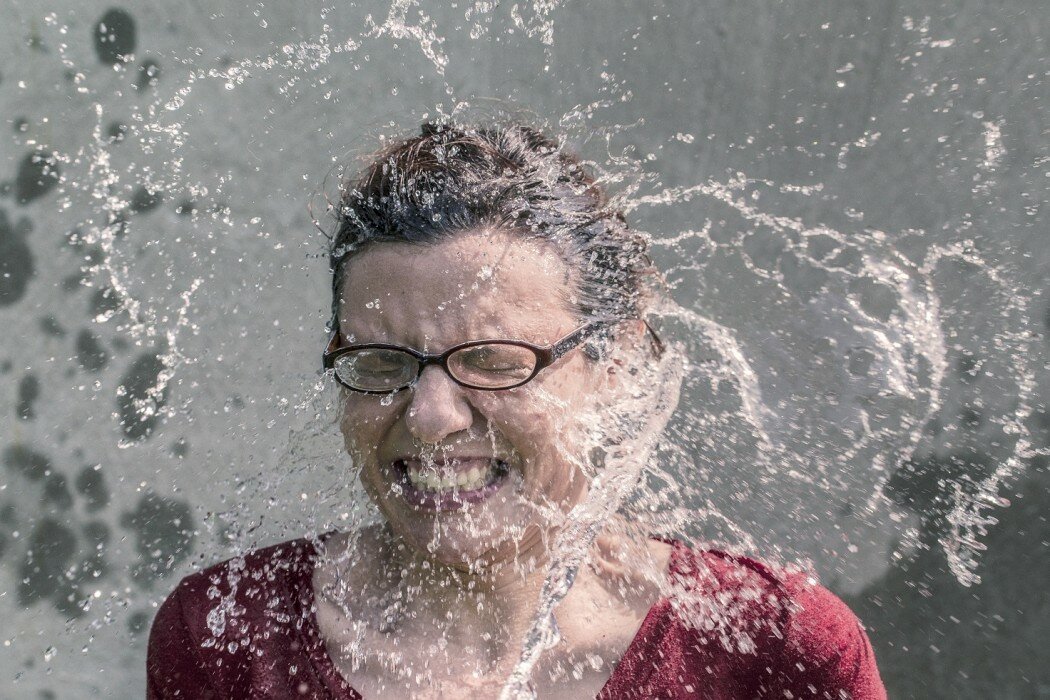Trying to predict what is coming up next in the world of digital design is about as easy as forecasting the winning Lotto numbers, but I thought I would give it a crack, based on what I am seeing and what’s been evolving over the last 12 months or so.
Design and technology have a chicken and egg relationship, each driving the other, so the predictions below are a combo of some that are more based on technology trends and some that are simply overdue from a design perspective.
- Wave goodbye to boring, over produced stock photos and say hello to candid, authentic images that are firmly located in place and time. With the proliferation of selfies via Instagram and other channels, we have an even better idea of what ‘real’ looks like. At a glance we can separate those carefully groomed photo library shots from the real thing – and usually, we prefer real over fake. (And in reality, shooting your own original images or paying for a photographer is still cost effective when compared with the time spent trawling through stock libraries and failing to find the perfect image for your design.)
- When it’s fake, go completely OTT. Use visible techniques to alter images – think elements of Andy Warhol style pop art, colour, or ridiculously fake staged photoshoots that bring humour, retro references and the influences of ‘meme culture’ into the picture.
- Integrate moving pictures – from animated gifs to Vines to HTML5. Say goodbye to clunky YouTube frames on the page and hello to smart animations/video that don’t take forever to load or entice visitors out of your site. 2015 will see clever use of moving pictures in more and more mainstream digital design, and increasingly as the full screen background imagery on websites.
- Develop well crafted, smart and funny content that genuinely deserves to be shared (i.e. is social media friendly). Forget about perfect placement of your brand, and focus on funky, fresh and funny. Add cats or guinea pigs. Delete overt brand references unless you can find an incredibly clever way of building in a visual allegory that refers to your brand values or some aspect of your brand’s personality. Convince your boss (or client) that traditional (read: boring) style guides for brand imagery should be completely re-written (or in some cases, burned). Consciously determine/create the visual style that’s appropriate to your social media content, web content and print content in 2015 – it may vary quite significantly between channels, depending on the nature of your business and your target audiences.
- Responsive influences continue. The impact of designing websites to adapt to whichever size screen they are being viewed on continues and is now considered a basic for any new site. Clever responsive design is also driving towards more simplicity on the page – in other words, less is more. Less clutter, fewer ads, fewer buttons and calls to action. And fewer social sharing icons. Evidence is suggesting that people stay on the page longer and are more engaged when there is less clutter to distract from your main message.



The ‘direction’ is really just be you – and I love that!
We need a connection to what we see and read, and for some of us that is producing glossy vibrant photographs and dropping an F bomb in our text, but hay, that’s cool!
Thanks for this article Karen!